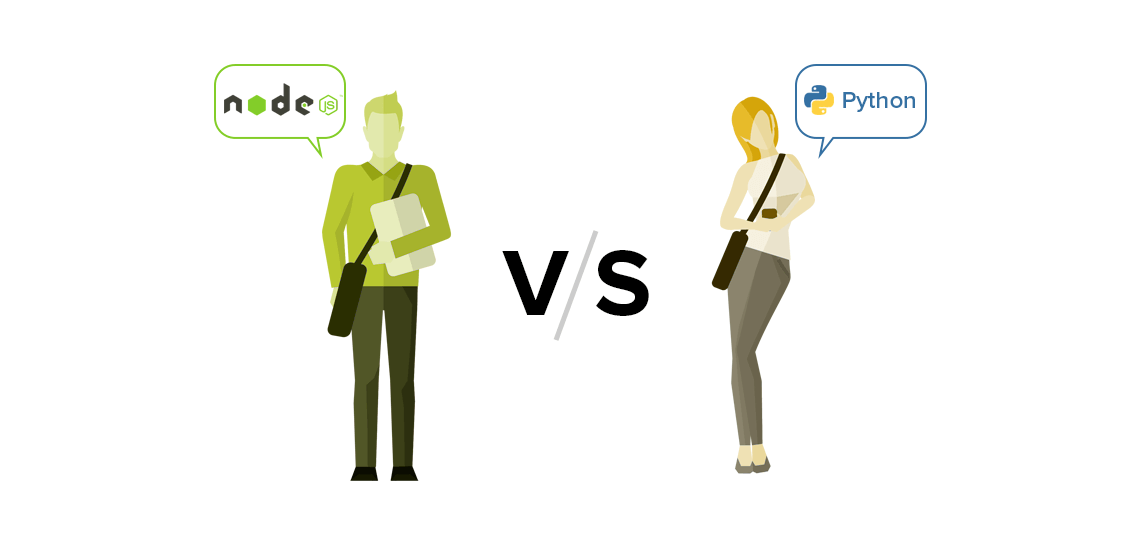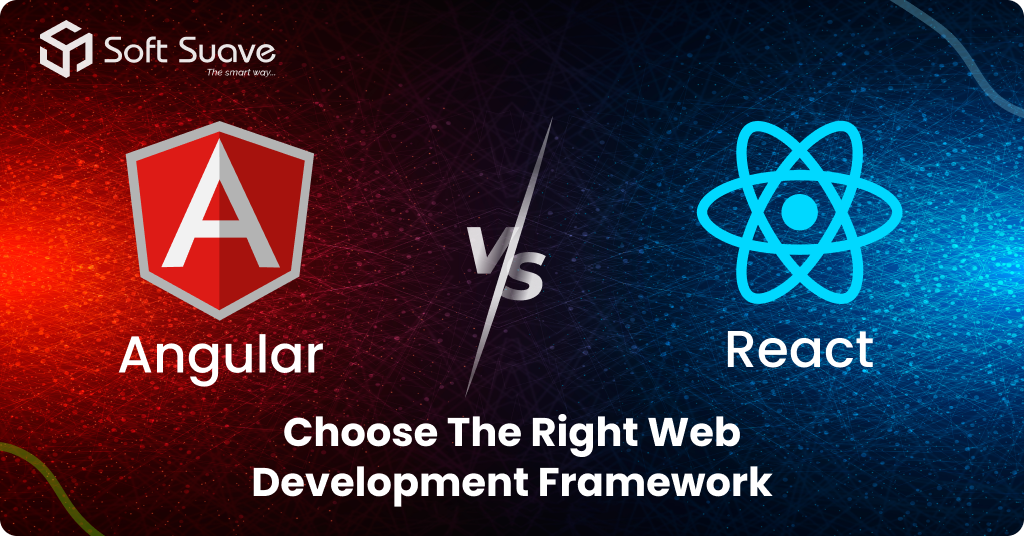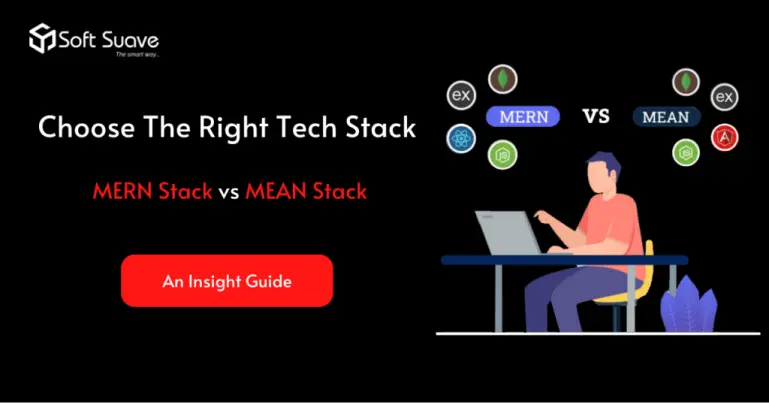A Web app helps a business to achieve its objectives much faster. Moreover, it makes numerous processes like communication with customers, collaboration with employees, secure storage of data, and providing data to management effective and streamlined. Hence, the growth of web applications is tremendous as well as inevitable.
Developing a scalable web App that assures utmost speed and performance is not an easy task. However, many technologies come to our rescue.
Node.js and Python are the most popular to develop the backend or server-side of the application. Many entrepreneurs face some difficulty to choose one among these two.
Brief Overview of Node.js and Python:
The one main difference between these two is Python is a programming language, but Node.js is technically not one. It is a single-threaded, open-source, cross-platform runtime environment.
Node.js:-
Node.js interprets JavaScript code with the V8 engine and executes it outside the web browser. This results in the impressive speed of the App as well as being more resource-efficient. Further, its event-driven non-blocking architecture allows several requests to be processed at the same time. However, Python is single-flow, and comparatively the request processing time is high. And, unlike node.js, Python is not suitable for applications that require a lot of complex calculations. Therefore, we can conclude Node.js wins this segment.

Libraries:-
Node.js has millions of packages that make the work of Node.js developers easy and streamlined. NPM (Node Package Manager) manages these libraries and packages. It is worth highlighting that NPM is the largest ecosystem of all open-source libraries and is cost-free to use.
Some of the notable NPM packages are;
- Express
- Lodash
- Async
- Moment
- Passport
Alternatively, Python also enjoys pip (Pip Installs Python) which is reliable, trustworthy, fast, and Python developers can use them to fasten the development.
This package installer includes powerful Python packages like;
- Scikit- learn
- Pipenv
- Numpy
- Pandas
- Matplotlib
- OpenCV Python
- Keras
Scalability:
Node.js encourages lightweight communication and fast execution for each process. So, it enhances the scaling of multiple microservices. Furthermore, scalability is one of the core characteristics of Node.js. Hence, the impact of Node.js developers in developing applications that can scale both horizontally and vertically is comparatively greater than Python experts. Another interesting feature is Node.js has a built-in module cluster. This helps to implement the cloning strategy on a single server faster. Now, coming to Python, this language is not known for good scalability due to its slower execution. Moreover, it uses Global Interpreter Lock (GIL) that prevents multithreading.
Q. Node.js vs Python: Which is Better?
A technology’s popularity plays a vital role in whether it’ll be used for your project. We can easily find skilled developers for popular languages or runtime environments. We should note that Node.js has an excellent reputation in industries that includes Computers Electronics, Technology, Lifestyle, Arts & Entertainment. On the other hand, companies from industries like Science, Education, Engineering prefer Python for its great speed and performance.
Based on the stack overflow 2021 survey, Python secures third place on the list of most popular programming, scripting, and markup languages, whereas Node.js is placed sixth.
Both the technologies have strong community support. The active programming communities of Node.js offer various tutorials, videos, and modules. Whereas, Python also has an active community with millions of developers. However, Python has a larger community as it entered the technical field way earlier than Node.js.
Q. When to use Node.js over Python – Use Cases?
Since Node.js enjoys event-based architecture, Apps that require numerous concurrent requests, heavy client-side rendering can be built effortlessly. Additionally, Node.js allows frequent shuffling of data from a client to a server. These attributes make it a perfect choice for,
- IoT solutions
- Real-time chatbots
- Messengers
- JSON API-based applications
- Complex single-page Apps.
- Streaming platforms
Node.js App development is supported by a single-threaded event loop model, hence it can handle multiple clients at the same time. On the flip side, this programming language is not recommended for applications that require a lot of CPU resources.
Q. When to use Python over Node.js – Use Cases?
Python is full-stack, hence, it can support both backend and frontend development. Plus, it is cross-platform and suitable for small as well as large web projects. Besides, it enhances data analysis, visualization and is suitable for following,
- Data science apps
- Voice and face recognition systems
- Image-processing software
- Neural networks
- Machine learning systems
- 3D modeling software and games
Final thoughts:
In conclusion, both Node.js and Python have the capability and competence to develop top-class applications. Each technology excels and overtakes one another in certain areas. For instance, when you are looking to create real-time web applications, gaming, or eCommerce platforms, Node.js would make wonders. However, Python unleashes its true power in game development, scientific applications, desktop GUI, and education programs. The ultimate decision greatly depends on the use case or problem you’re trying to solve. Nevertheless, if you have a project or business idea in hand and are confused about choosing between the two, consult with technical experts.
Our proficient project managers have more than a decade of experience handling diverse web projects. Therefore, they can carefully analyze all the factors related to your project and assist you to develop a customised web App with best-in-class features.
Thirunavukkarasu, the dynamic Technology Lead at Soft Suave Technologies, propels the team toward cutting-edge solutions with his visionary mindset and technical prowess. As a Java developer, his leadership defines the technological landscape at Soft Suave, ensuring the company remains at the forefront of innovation



